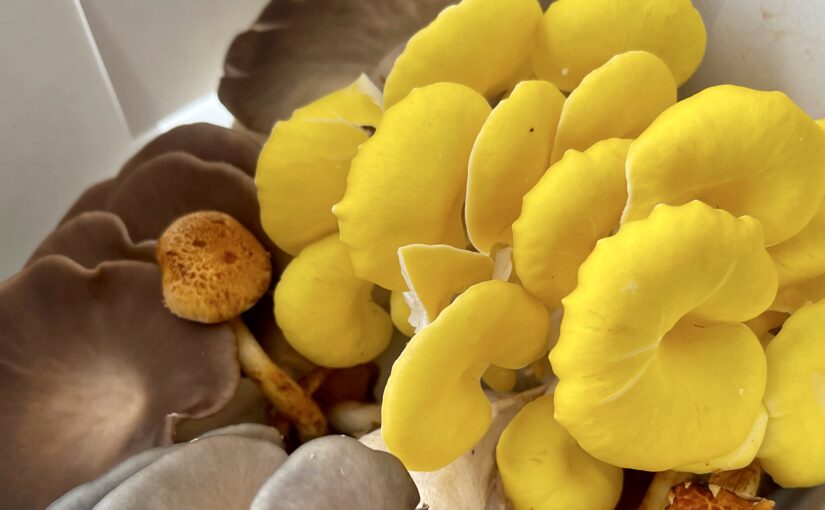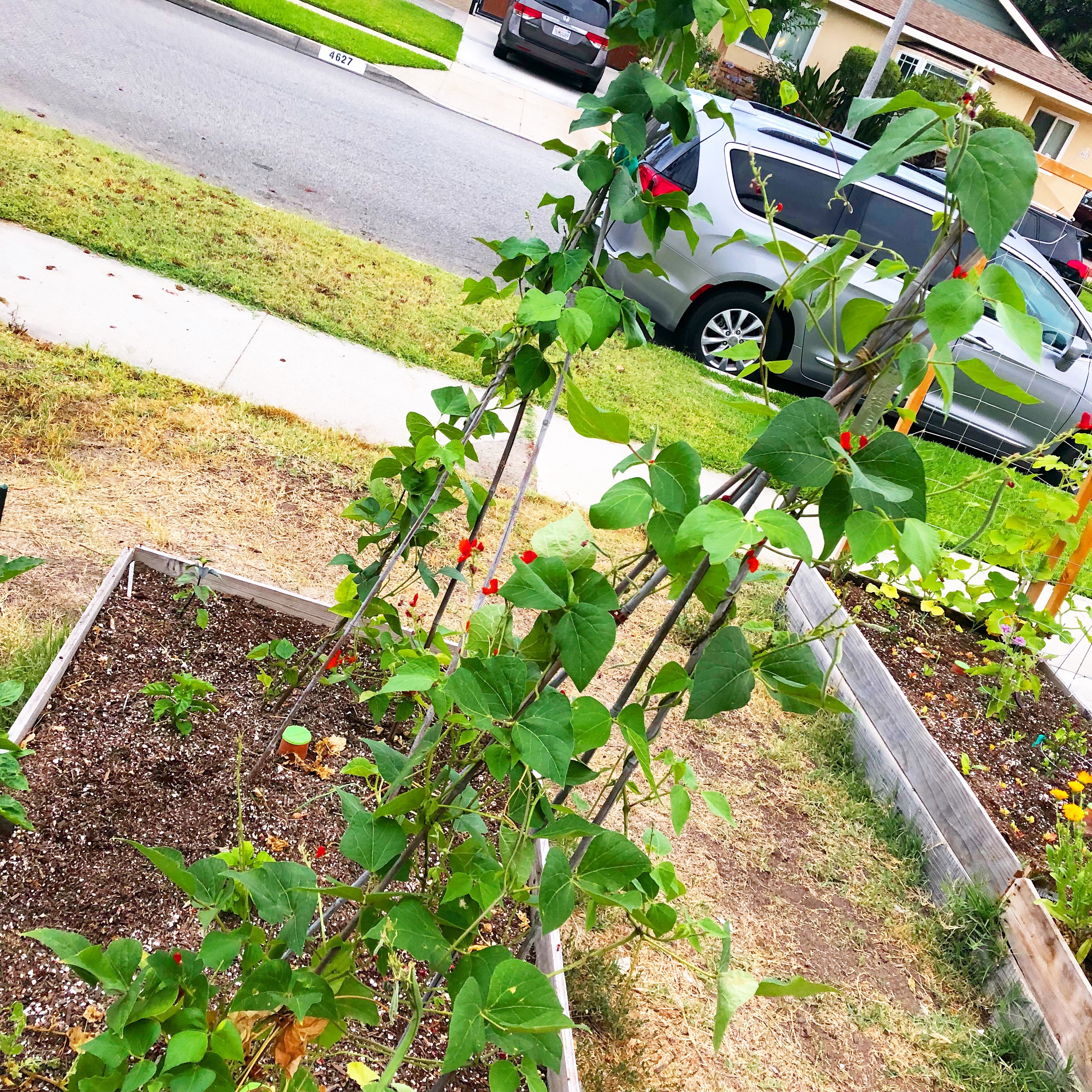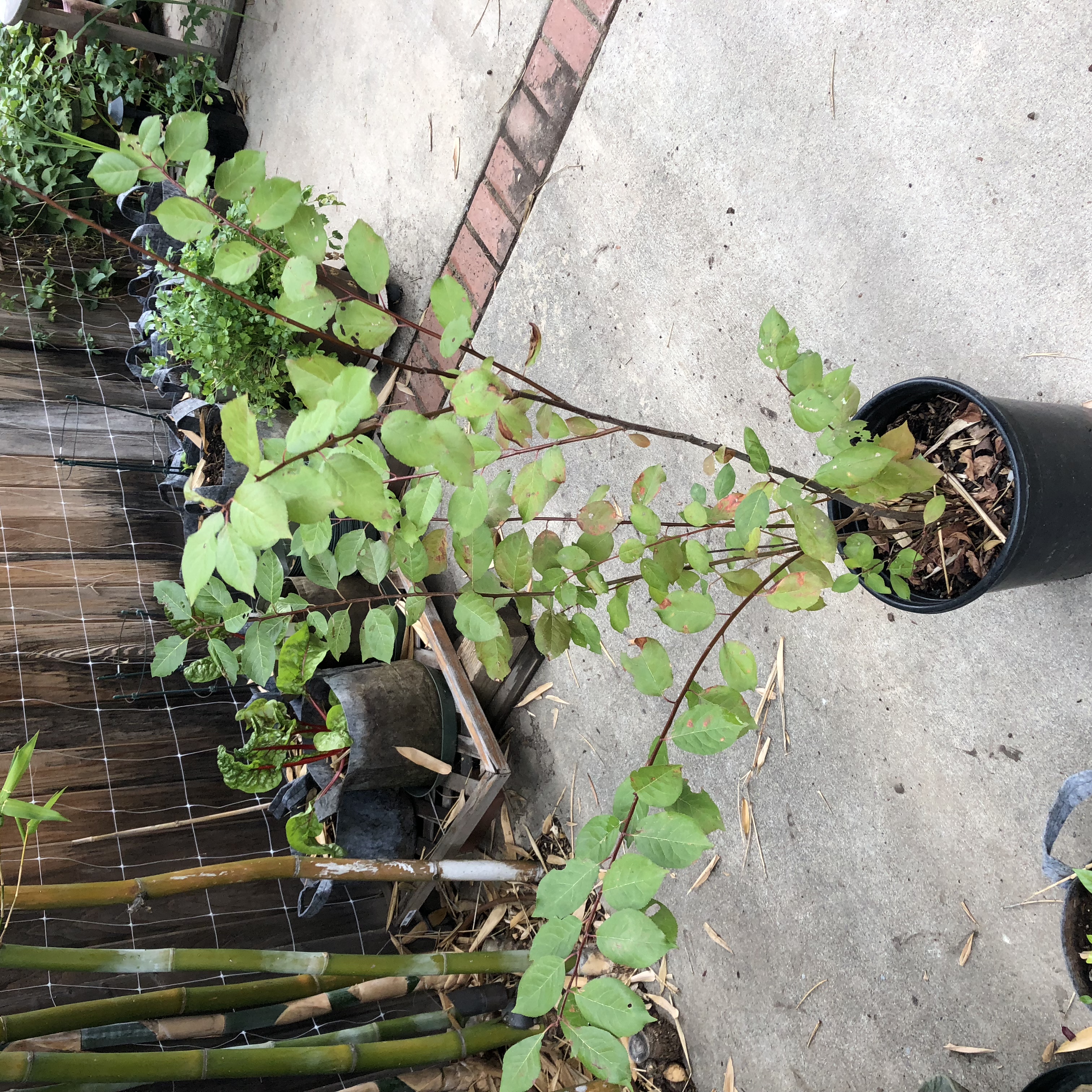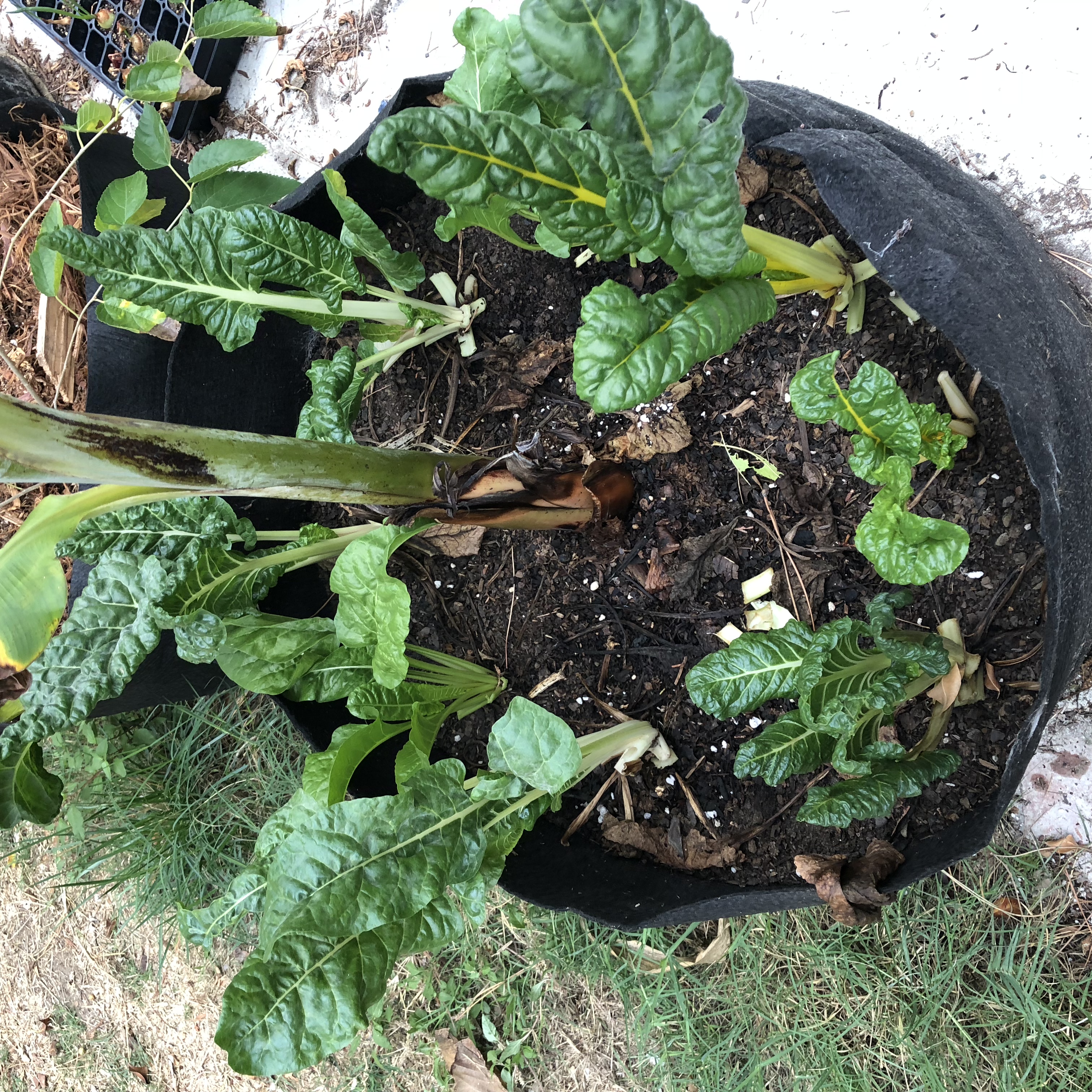Air Fried Mushrooms
This was an idea shared by Justin from Long Beach Mushrooms. They are my local source of mushrooms. They have subscription boxes available for purchase and you pick them up directly at their farm.
Anyway, he said to make a batter of sorts and then dry. You can then just air fry. I made the basic egg and flour process as you would with fried chicken and they are very tasty but I wanted to try other options and this is what I have compiled from recipes all over the internet.
I have made these with lion’s mane and oyster mushrooms and they were both delicious.
Ingredients
- 1 lb of mushrooms
- garlic powder
- salt
- black pepper
- dairy-free milk – I love oat milk as it is thicker, it cooks well and coats well but almond or cashew milk works too.
- chickpea flour
- white rice flour
- cornstarch
Note: You can use just All Purpose Flour instead of trying to hunt down the white rice and chickpea flour. This can also be used in place of the corn starch for the dry mix.
Instructions
- Wet Batter
- In a shallow bowl, add the milk, chickpea flour, white rice flour, garlic powder, salt and black pepper. Whisk all that together.
- Dry Mix
- In another shallow bowl, just add the chickpea flour, white rice flour, garlic powder, salt and black pepper. Whisk all that together.
Breading the Mushroom Pieces
- Clean and cut the mushrooms in larger chunks like chicken nuggets.
- Start by coating it in the wet batter. Make sure it is fully covered.
- Gently move over to the dry mix and coat it in that to make sure it is fully coated.
Air Frying
- Preheat the air fryer to 375 degrees F / 190 degrees C.
- Once it is ready, add the strips / nuggets.
- Set it for 10 minutes.
That is a very simple recipe and can be adjusted to your tastes and what ingredients you may already have. You can use any dipping sauce you want to make. I found a bunch online but that is up to you. I would suggest trying out a few and seeing what you like.



 The main idea behind Vertical Gardening is to find better and more efficient ways of using your available space. Along with extending the variety of vegetables, vertical gardening also helps grow healthier plants. Better air circulation, easier to weed and more open space for smaller plants are a few benefits of vertical gardening.
The main idea behind Vertical Gardening is to find better and more efficient ways of using your available space. Along with extending the variety of vegetables, vertical gardening also helps grow healthier plants. Better air circulation, easier to weed and more open space for smaller plants are a few benefits of vertical gardening. 
